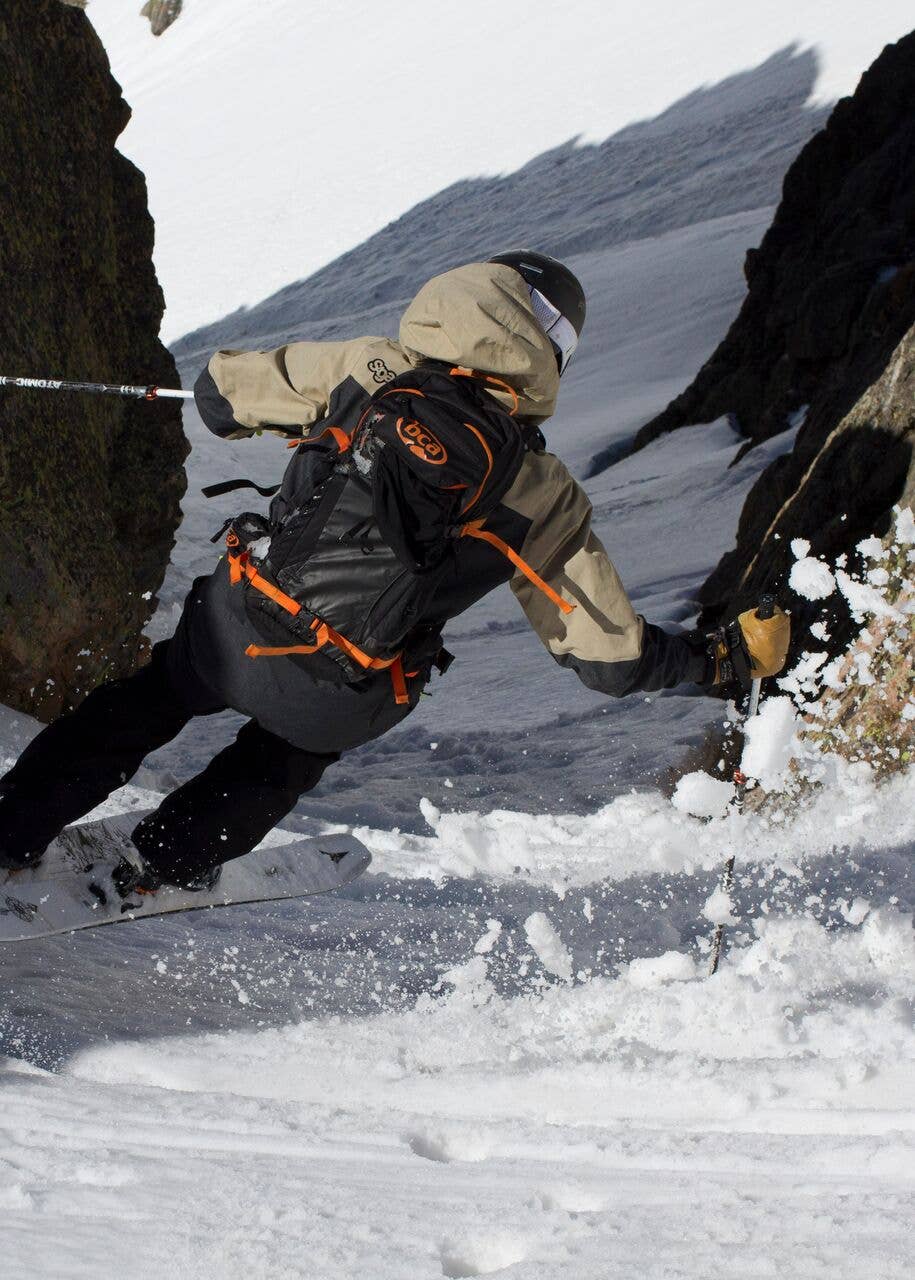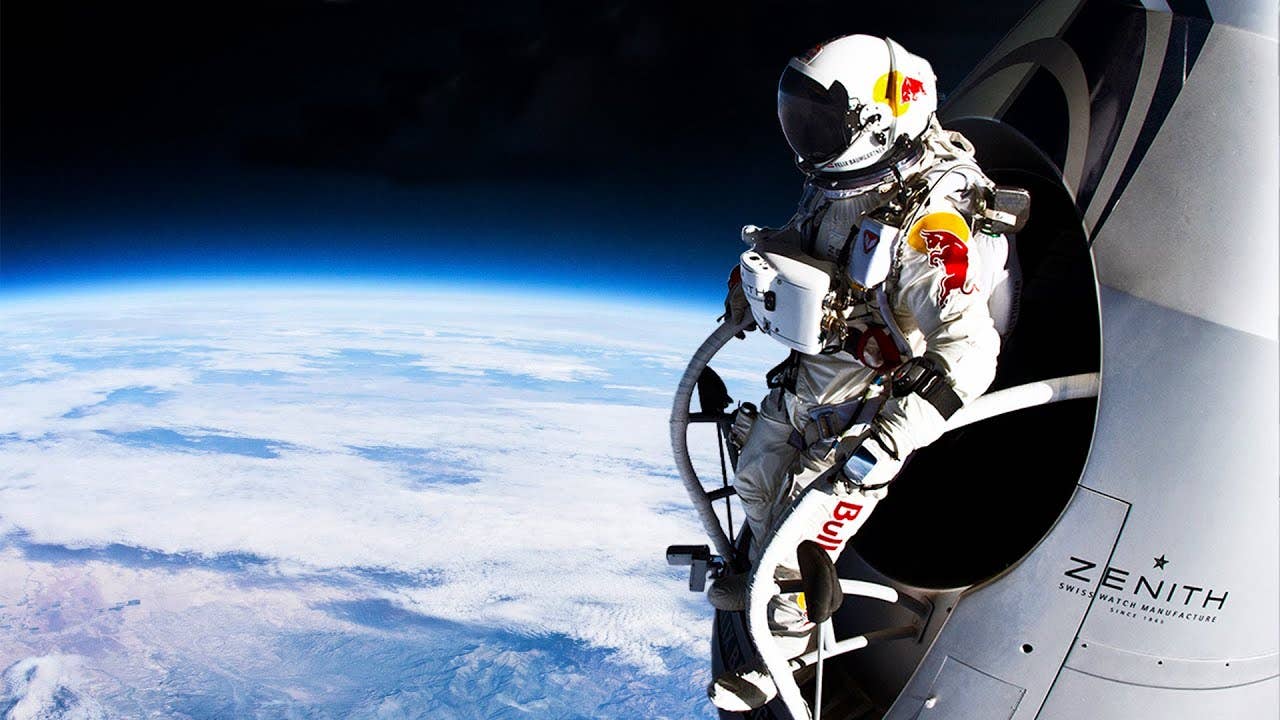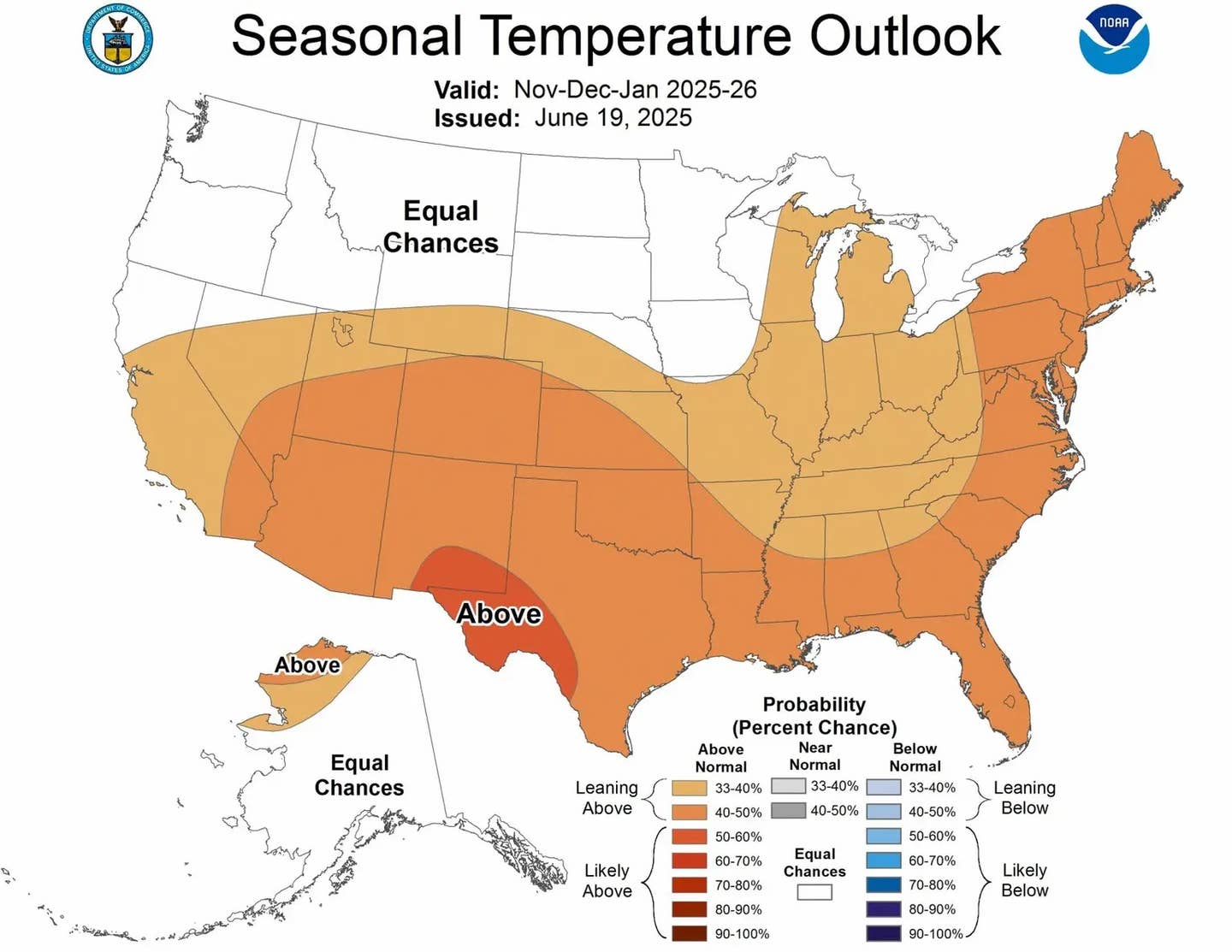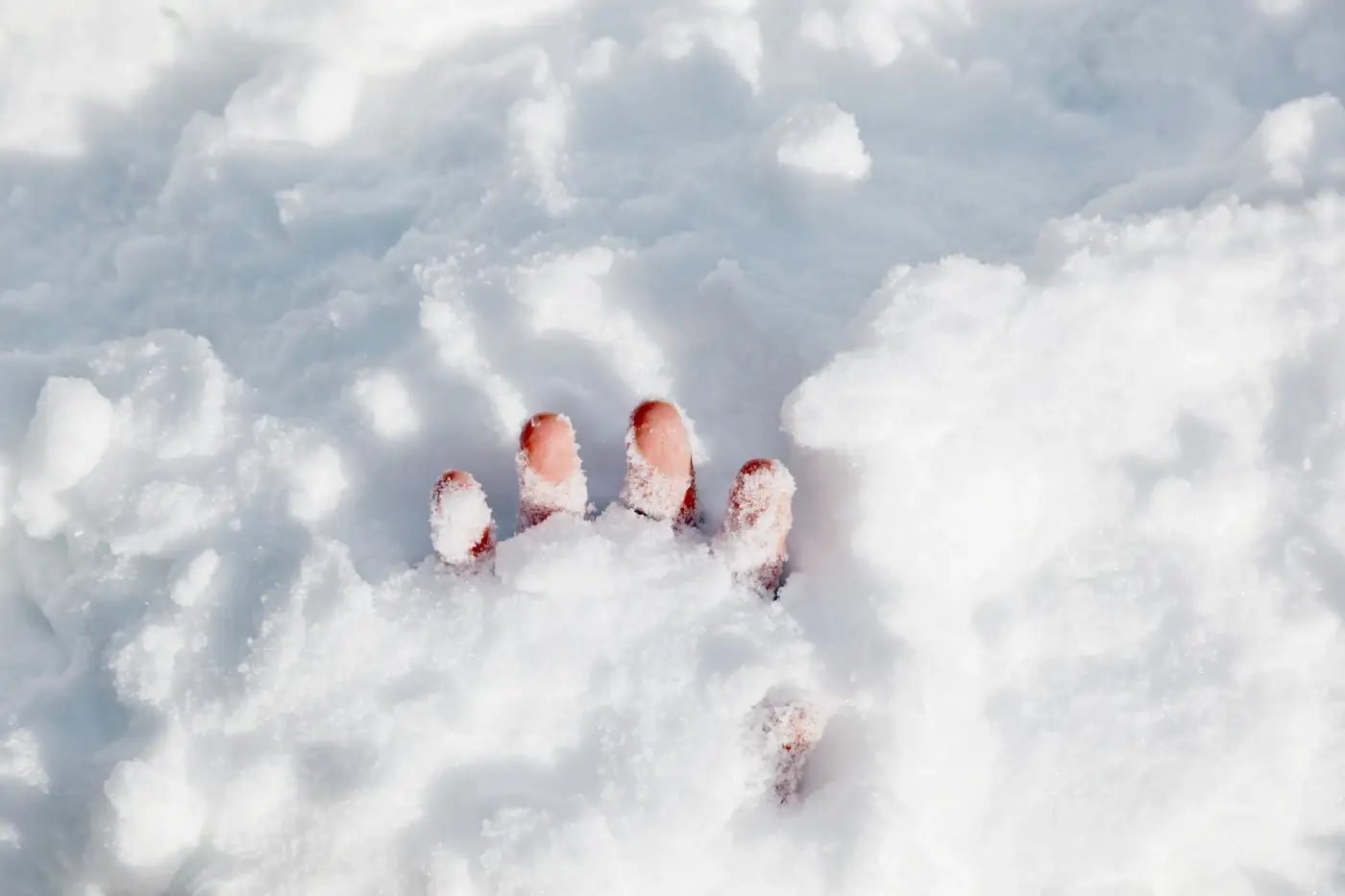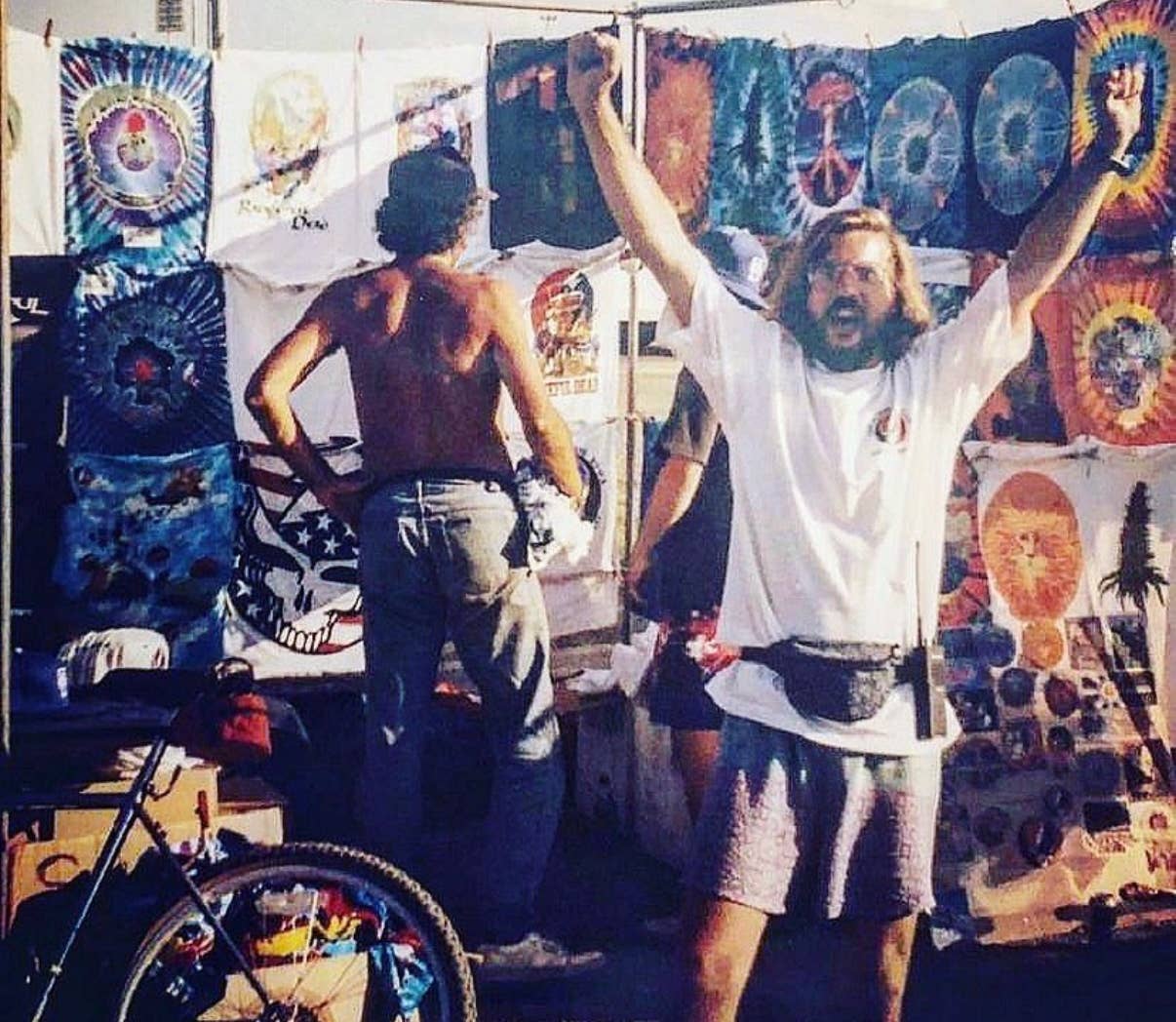Popular Stories

Skiing requires a ton of gear. There I said it. After taking off my gear and hanging it by the fire to dry after a stormy day I often think of the simple spring days where you can ski in jeans in a t-shirt. When I am drying out my ski gear, the most important things are closest to the fire, ski boots gloves balaclavas, followed by outerwear goggles (don’t want to overheat the lenses) and lastly the backpack. Skiing the next day with a soaked backpack is not the end of the world, but skiing without a backpack? That is something I have been doing less and less of as I get older.

Avalanche safety gear is a must have in the Backcountry, and having ski partners with gear is imperative. I ski the resort with my backpack, food water, shovel, probe dry clothes extra gloves, these are just things that you are going to want to have. My BCA Stash Backpack has become an on-hill necessity and I am so used to having it on it feels strange to not be wearing it (not to mention the backpack is great back protection when crashing).

Last season I started wearing a BCA pack with a BC Link two-way radio and it completely changed the way I communicate in the backcountry and in the resort. Thats right, I thought it was so dorky to have a radio while skiing the resort but BCA athlete and good friend Colter Hinchcliffe got me onto the idea. Always being in touch with your friends on the resort is super fun and you can leap frog around in cliffy zones and always be relaying beta on where to go and it really helps for setting up iPhone shots and video clips. The best thing about the radios is on a full charge they will last 2-3 days, I still tried to charge them every night but the times I forgot the radio still made it through the next day. The best thing about the Radio is the integration into the backpack. The intercom attaches to the strap and the on-off/ Volume dial is located on the intercom. This makes life easy when its cold and you don’t want to take off your glove, preset your channels and you can switch through them on the intercom as well!
"Strong group communication is the key to any successful day of backcountry adventuring. Find separated friends, communicate plans, and share observations in real-time with the BC Link group communication system.
Glove-friendly controls, optimized for easy handling. The Smart Mic user interface is located at your fingertips, meaning you never need to dig the radio out of your pack to change settings. Smart Mic Unit provides push-to-talk button, on/off switch, volume control, battery indicator, loudspeaker, channel selection, and an earphone jack."

Choosing a beacon is not an easy task, there is a lot out there and it is hard to make a decision on the best one. I have used a few different beacon brands over the years and this season working with the BCA Tracker 3 was simple and sweet. The beacon has a sleek design and is super simple to use. I did quite a few test beacon searches this season and always felt comfortable and not confused by the system. Here is some more info if you want to know all the details straight from the BCA site:
"The Tracker3 avalanche beacon has instantaneous real-time display-and it’s 20 percent smaller and lighter. Designed to be “pocket friendly,” T3 is the choice of guides, mountaineers, and the weight-conscious crowd. Signal Suppression (SS) and Big Picture (BP) modes for no-nonsense multiple-victim searching. Motion-sensing auto revert-to-transmit mode. Upgradeable software and electronics performance testing for Tracker3 fleet management.”

The most frequent question I get about beacons is where to locate it on your body. Some people go with the standard harness around the shoulders and have the beacon close to there chest well some slip it in there bib front pockets. I go with the bib pocket because it is the “middle” of my body and because it comfortably sits there without annoying me throughout the day. I like it because I remember to turn it off at the end of the day (also the BCA beacon will beep at you if left on for over 10 hours) and its easy to remember the next day when it is already in my snow pants. Also BCA suggests distancing avalanche beacons from electronic devices (Cell phones): 20 cm spacing at all times, 50 cm during search — and yes, turn off easily accessed devices.
 Carry your skis the simple way. This hike was a mix of carrying and touring, 5000 Vertical feet worth!
Carry your skis the simple way. This hike was a mix of carrying and touring, 5000 Vertical feet worth!
Personally I ski with the Stash 30 bag which also comes in a 20 and 40 liter size option. The 30 is perfect for the amount of gear I ride with on an average ski day in the BC or inbounds. I can also sit on the chairlift without taking my bag off which I like to do even though some lifties frown upon this behavior. These bags were made to last multiple seasons, I have not had a rip or tear or strap blow out and I pack this thing to the brim and throw it around every day I use it. I won’t even order a new bag this year because my one from last season (with near a 100 days on it) is still in mint condition. I feel like ski bags age like your favorite pair of Jeans, and the more I wear this thing the less it feels like I am wearing a pack at all.
Join Our Newsletter
"BCA’s most versatile Stash pack for all-day charging. The Stash 30™ has more features, fit adjustment, and equipment carrying options than ever before. With 30 liters of packable space, the Stash 30™ is ready to take on any objective and adventure you throw at it."

When it comes to Shovels I like a big blade. I don’t want to try and save my friends life with a teaspoon sized shovel. The shaxe isn’t the biggest blade they have but it is a versatile piece of equipment that I like to have in the bag. I don’t need an Ice Axe every day but this tool gives me the ability to have both in the easiest possible way. I throw in the axe blade every time theres a slight chance I will need it and its so simple to change even in cold icy weather.
"The BCA Shaxe Tech shovel/ice axe combo is ideal for ski mountaineering, as it saves weight and space in your pack by eliminating the redundant shaft when carrying a separate ice axe. The BCA Shaxe Tech avalanche rescue shovel comes with an interchangeable ice axe head for Type 1 (basic) ice axes. The Shaxe Tech has a curved fixed-length shaft and stainless steel head with additional 9 degrees of pick angle providing higher performance on harder, steeper climbs."
 Always practice digging pits early season!
Always practice digging pits early season!
BCA offers some great packages where you can get everything you need in one easy online purchase. The phrase "Beacon Shovel Probe” has never sounded so sweet. The website also has a team page where you can see who is ripping the gear and get expert opinions on what to use and why! I am happy to be a part of the team, the best of the best are rocking BCA! Fall is a great time of the year to sign up for an AVY course and get the gear out of the closet, put some fresh batteries in the beacon and practice practice practice! It is also a good time to check the winter forecast predictions and make bets with your friends on whether the weatherman is right!

Big thanks to BCA for supporting me with quality gear and expertise last season! If you have any questions about the gear drop into my DM's on Instagram and I will be happy to help you out. There are plenty of resources out there to help keep you safe in the backcountry, never be scared to ask questions! TGR does an annual backcountry safety course called IPRW and you can read the blogs here. Check your local Avy Forecast and know before you go! Check out the BCA website to learn more about the gear!

